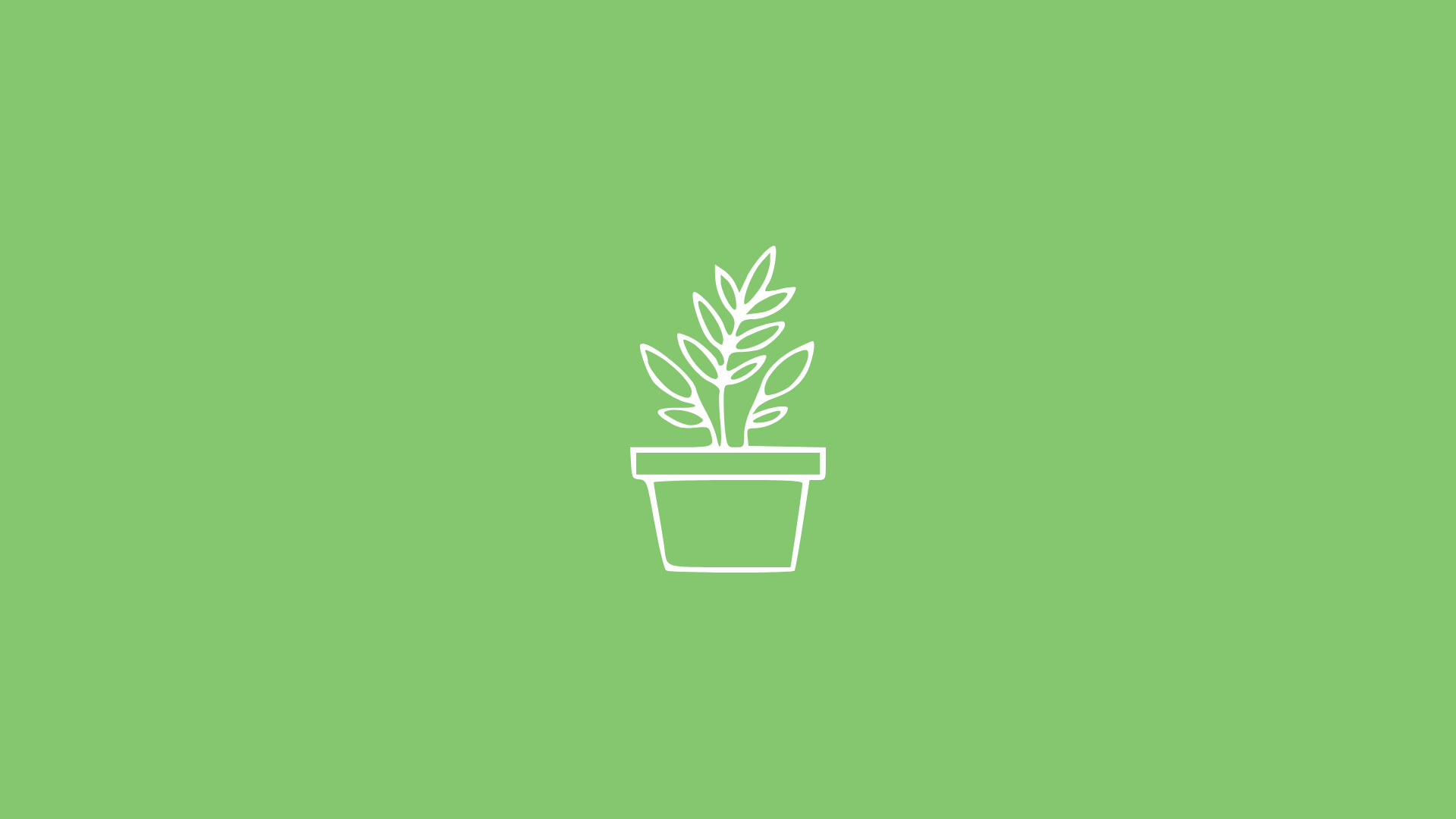Gardening as a Stress-Reliever
a part of the GREEN THUMB LIVING ESSENTIALS SERIES

Gardening is not just a hobby but a form of therapy that can significantly alleviate stress and improve mental well-being. The act of nurturing plants, feeling the soil, and witnessing the miracle of growth can be a profound experience that calms the mind and soothes the soul. From the tranquillity of a quiet morning in the garden to the satisfaction of seeing your plants thrive, gardening offers a unique form of stress relief that combines physical activity, connection to nature, and mindfulness. This article will delve into the therapeutic benefits of gardening, offering insights and practical tips to help you harness the power of gardening as a stress reliever.
How tending to indoor plants can be therapeutic
Tending to indoor plants can indeed be therapeutic and offers several benefits:
Stress Reduction: Research has shown that working with and being around plants can help reduce psychological stress. Activities like watering, pruning, and repotting can serve as a form of mindfulness exercise, helping to distract from everyday worries and stressors.
Mental Health Improvement: Caring for a living entity offers a sense of accomplishment and fulfilment. This can boost mood, reduce feelings of anxiety, and improve mental well-being. Horticultural therapy is often used to increase feelings of physical and mental well-being among people with conditions such as depression, anxiety, and dementia.
Improved Concentration and Productivity: Studies have shown that indoor plants improve concentration and productivity (by up to 15%), reduce stress levels, and boost your mood.
Air Quality Improvement: Indoor plants enhance the quality of indoor air, leading to a better sense of overall wellness. They “inhale” carbon dioxide and “exhale” oxygen, and during this process, they also take in air pollutants and release clean oxygen into the air.
Connection with Nature: Tending to indoor plants can help foster a connection with nature, which can be calming and grounding.
The act of tending to indoor plants can be a therapeutic activity that promotes relaxation, improves mental health, and enhances the quality of life.
Mindfulness practices while gardening
Mindfulness practices while gardening can enhance the therapeutic benefits of the activity. Here are some tips:
Unplug: Turn off your cellphone and disconnect from digital distractions. This allows you to fully immerse yourself in the gardening experience.
Connect with Nature: Take a moment to notice the earth, feel the soil, smell the air, and take a long, slow, deep breath. This helps you connect with the world around you.
Be Present: Be fully present in the act of planting. Notice how the soil feels and appreciate that you have soil that you can plant in.
Set Intentions: Take the seeds or the plant in your hands and silently state your intentions. For example, “May you grow and may you be healthy.”
Listen to Nature: Water lightly and listen to the sound of the water hitting the earth. This can be a calming and grounding experience.
Schedule Time: Make gardening a part of your daily routine. Even just 30 minutes a day can help create a connection with nature and provide a sense of peace.
Leave Your Phone Inside: Smartphones can be a distraction and hinder mindfulness². Try to keep your phone away while you’re in the garden.
Remember, mindfulness is all about being present and fully engaged with whatever we’re doing at the moment, free from distraction or judgment, and aware of our thoughts and feelings without getting caught up in them.
Creating a dedicated green space for relaxation at home
Creating a dedicated green space for relaxation at home is a wonderful idea. It not only enhances the aesthetics of your home but also provides a tranquil space where you can unwind, meditate, read, or simply enjoy the beauty of nature. Here are some reasons why you might want to consider creating such a space:
1. Stress Relief: Being around plants and nature can significantly reduce stress and promote feelings of calm.
2. Improved Air Quality: Plants can help improve indoor air quality by absorbing toxins and releasing oxygen.
3. Connection with Nature: A green space can help you feel more connected with nature, even in an urban environment.
4. Aesthetic Appeal: Plants add beauty and can transform any space into a peaceful sanctuary.
Here are some tips to create your own indoor green space:
1. Choose the Right Plants: When choosing plants, consider the light and humidity conditions of your space. Some plants require lots of light, while others can thrive in low light.
2. Create a Comfortable Seating Area: This could be a cozy chair or a soft rug with cushions. The idea is to create a space where you can sit comfortably and enjoy the greenery.
3. Add Personal Touches: Consider adding items that make the space feel personal and inviting. This could be a favourite piece of art, a collection of stones, a water feature, or anything else that brings you joy.
4. Maintain Your Green Space: Regularly water and care for your plants to keep them healthy and beautiful. Pruning, watering, and caring for your plants can also be a mindful and relaxing activity.
Remember, the goal is to create a space that brings you peace and helps you feel connected to nature. So, go ahead and create your indoor oasis.
Read the next article in the Green Thumb Living Essentials Series: Using Home Care Products and Green Living.
